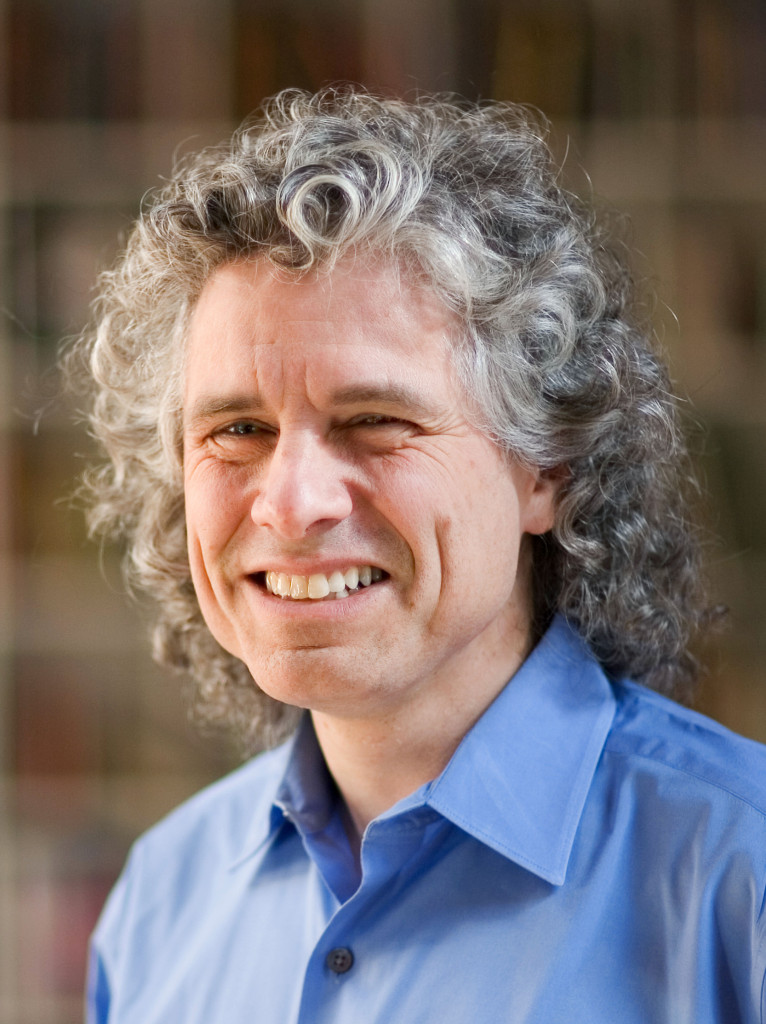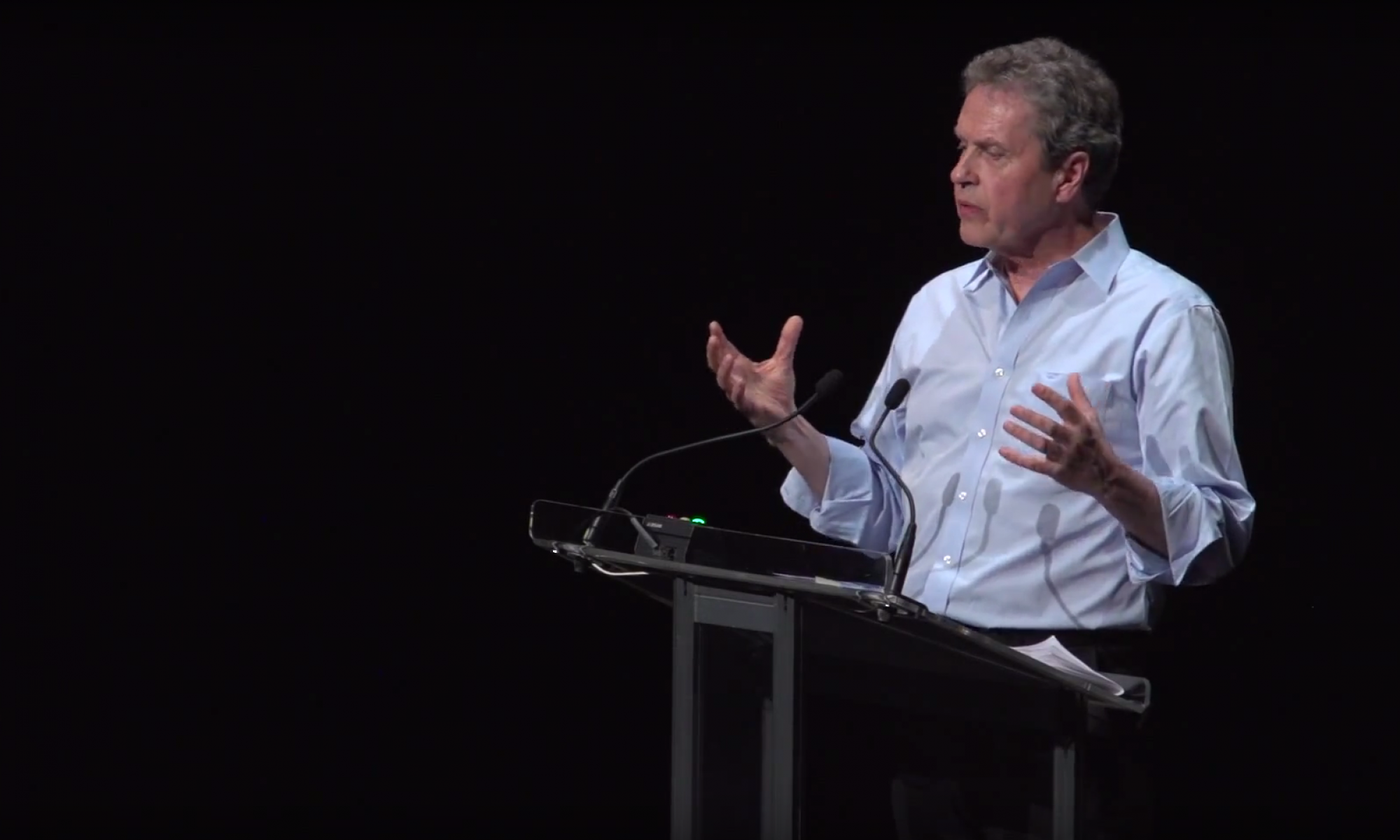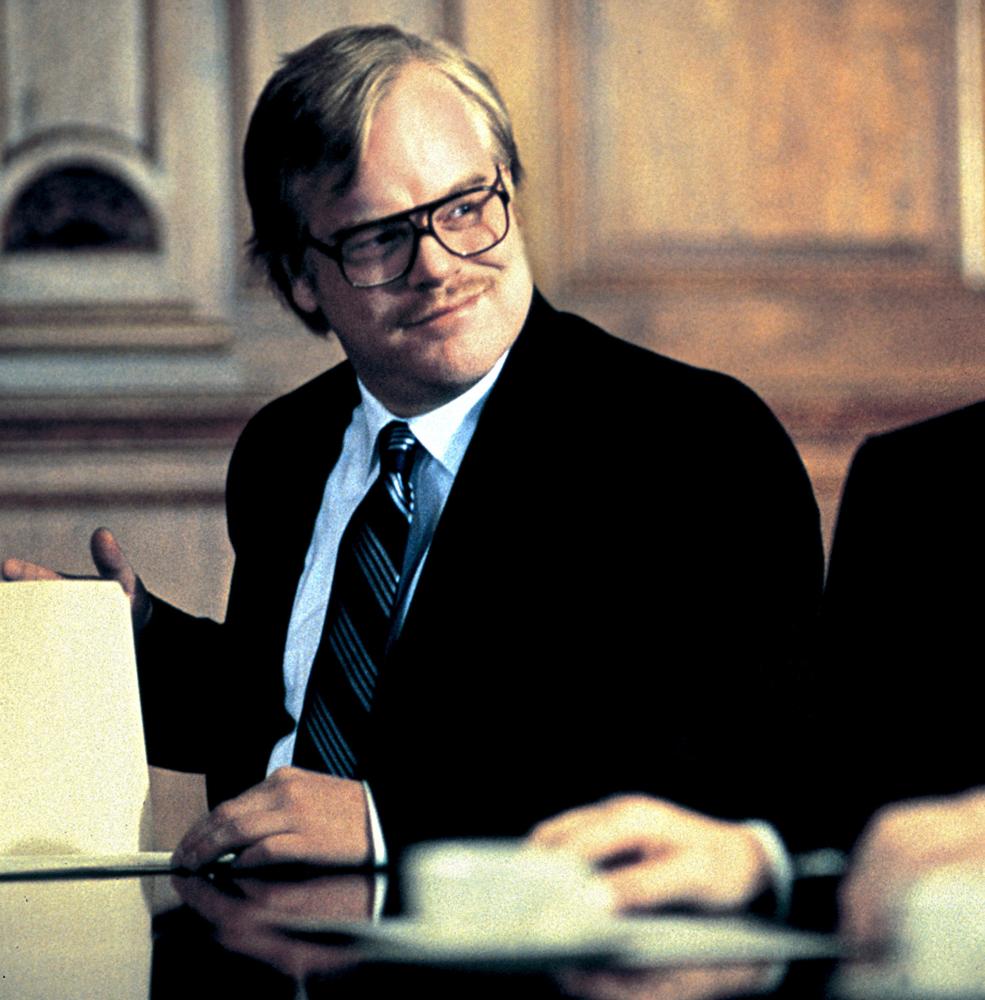
From The Walrus, October 2014
Not long ago on an Air Canada plane, half-asleep at 35,000 feet, I was roused by a perky flight attendant asking, over and over, “Something from the OnBoard Café? ” Her words conjured the mirage, behind the first-class curtain, of rows of plump sandwiches and pastries and a big, hissing espresso machine. It took me a moment to realize that the OnBoard Café was actually the dinky little cart she was pushing up the aisle. Her script, of course, was more effective than “Something from my dinky little cart? ” but I was irritated nonetheless.
As Steven Pinker observes in his latest book, The Sense of Style, it’s fashionable in this iPhone age to bemoan the decline of language. Fashionable, but hardly new. Grumbling about this deterioration goes “at least as far back as the invention of the printing press,” he points out, adding that language “is not a protocol legislated by an authority but rather a wiki that pools the contributions of millions of writers and speakers, who ceaselessly bend the language to their needs.”
In fact, he argues, we’ve become more literate as the written word, albeit of the two-thumbed variety, has supplanted oral communication. Thanks to technology, everyone’s now a writer; and college students, he’s found, “are writing more than their counterparts in earlier generations did” and “make no more errors per page.”
The great pleasure of Pinker’s book is his painstaking dissection of the many ways in which language both serves and fails us. A Montreal-born McGill alumnus who went on to glory at MIT and Harvard, the experimental psychologist has mastered the public intellectual’s art of adapting scientific inquiry for popular audiences. His research has been widely honoured, his books have been bestsellers, and he chairs The American Heritage Dictionary’s usage panel. He’s interested in how we acquire language; how it reveals and alters the workings of the mind; and how we use it and, especially, misuse it.
As anyone with an inbox can attest, misused language abounds, and misunderstanding follows. Much of this misunderstanding, Pinker says, flows from what he calls “the Curse of Knowledge”—the writer’s difficulty in conceiving what it’s like for readers not to know something she knows. He’s referring mainly to jargon, shorthand, and specialized vocabulary, the use of which he calls the “single best explanation I know of why good people write bad prose.” This seemed to me a great oversimplification until I asked someone I’d just met what he did for a living. He said he was “managing director, digital” at a public relations firm.
“I don’t really know what that means.”
“I’m a digital and social-media strategist,” he explained. “I deliver programs, products, and strategies to our corporate clients across the spectrum of communications functions.”
“Sorry to be a doofus, but pretend I’m ten years old. What do you do all day? ”
“I teach big companies how to use Facebook.”
There. Quite simple, really, but arrived at only after my insistence on my ignorance. Ever tried explaining baseball to a Brit who’s never even seen a game? You quickly realize how much you take for granted. Ever tried to make sense of a manual written by Korean automotive engineers who use terms such as “stoichiometric ratio”? They’re not showing off arcane knowledge or cloaking themselves in grandeur; they just assume you know what they’re talking about.
In his earlier books, such as The Stuff of Thought and The Language Instinct, Pinker used a vast trove of academic studies to refute Benjamin Lee Whorf’s famous—and once widely accepted—hypothesis that language determines the nature of thought; that we all live, as Nietzsche put it, in “the prison house of language.” Pinker dismantled this notion of linguistic determinism by showing, among other things, that differences in thinking (how we count, how we orient ourselves in the world) are not generally caused by our words but rather by other factors, and merely reflected in our speech.
The Sense of Style further investigates the links between language and thought, and does so in ways that offer practical benefits to anyone wishing to become a better writer. Pinker contends that a “hunger for coherence [drives] the entire process of understanding language.” Is it really as simple as “Whenever one sentence comes after another, readers need to see a connection between them”? He makes a persuasive case. What he calls “coherence connectives”—despite, because, however, therefore, nonetheless, and so forth—are, he maintains, “the unsung heroes of lucid prose” and “the cement of reasoning.”
Pinker found that underperforming high school students tend to be flummoxed by the challenge of stringing together coherent sentences. A program that trained them to construct arguments, with an emphasis on the connection between successive ideas, dramatically improved their performance. As for troublesome passages in the hundreds of things I’ve written, and the thousands of pieces I’ve edited, the problem is, indeed, usually one of coherence: How does this sentence relate to those that precede it? Why are you telling me this now? Where are we going?
This hunger for coherence has important implications. As Pinker shows, the letter sequence m-d-p-h-d-r-s-v-p-c-e-o-i-h-o-p is difficult to remember, though not when chunked as md-phd-rsvp-ceo-ihop. Each chunk contains subsets of meaning; if these unfold coherently, the reader makes sense of them; complexity is rendered into manageable bits. That helps explain how a memory expert dazzles 100 audience members by recalling their names, and it’s what makes even a detailed text with a clear hierarchical structure easy for the reader to assimilate: “At any level of granularity, from clauses to chapters, the passage can be represented in the reader’s mind as a single chunk, and the reader never has to juggle more than a few chunks at a time as he figures out how they are related.”
It’s fascinating to learn the science that underlies the stylistic techniques good writers seem to intuit—for example, a list is most easily grasped if the bulkiest item comes at the end (life, liberty and the pursuit of happiness ; or The Wild, The Innocent, and The E Street Shuffle; or Faster than a speeding bullet! More powerful than a locomotive! Able to leap tall buildings in a single bound!). “Light-before-heavy is one of the oldest principles in linguistics,” Pinker writes, “having been discovered in the fourth century BCE by the Sanskrit grammarian Pānini.” Why? Because the mind must hold the early items in suspension before incorporating the final one, and it’s easier to retain simple things than more complex elements.
Much of Pinker’s research leads naturally to prescriptive advice; the book doubles as a manual worthy of a place on a shelf just below Fowler’s Modern English Usage and Strunk and White’s The Elements of Style. “Many experiments have shown that readers understand and remember material far better when it is expressed in concrete language that allows them to form visual images,” Pinker tells us. (This explains why white Econoline van is preferable to getaway car; and a mound of flowers, balloons, and teddy bears is more effective than impromptu roadside memorial.) Or this: “It’s good for a writer to work with the ongoing newsreel in readers’ minds and describe events in chronological order.” He showered and put on his new suit before he went to dinner is easier to understand than He went to dinner after he showered and put on his new suit. Similarly, positive statements are more readily grasped than negative ones, and so negation should not be used for no good reason. (That’s a joke.) And my favourite Pinkerism of all, the undisputed first rule of worthwhile prose: “a writer has to have both something to talk about (a topic) and something to say (the point).” Are you listening, bloggers of the world?
Language, Pinker reminds us, is always evolving. Silly meant “pious” long before it came to mean “foolish,” and the latest edition of Merriam-Webster’s Dictionary of English Usage includes a new definition of literally as a mere indicator of emphasis, like “very.” Why, then, do I cringe when someone uses fulsome to mean “full,” or incredulous to mean “incredible”? If enough people misuse a word, again and again, they’re redefining it. In the age of Tim Hortons and Hells Angels, why learn the difference between its and it’s? What’s an apostrophe here or there? As long as people know what you mean, why bother with rules and conventions at all?
Because clarity and consistency are not the same as needless pedantry; nor is grammar, as Pinker argues elsewhere, “an ordeal of jargon and drudgery,” but rather “one of the extraordinary adaptations in the living world: our species’ solution to the problem of getting complicated thoughts from one head into another.” Syntax he describes as “an app that uses a tree of phrases to translate a web of thoughts into a string of words.” (It’s a helpful simile, but if you find the accompanying schematics tedious, it’s easy enough to skip over them.) The evolution of style and usage doesn’t obviate the need for consensual guidelines about what’s correct and what’s sloppy or erroneous. Today’s rules will eventually change; until they do, them’s the rules.
Inadvertent miscommunication is one thing; in Pinker’s next book, I’d love to gain a fuller understanding of how the calculated misuse of language turns nonsense into received wisdom. How, by drawing clear pictures and eliciting visceral responses, do advertisers and propagandists persuade people of things that are patently untrue? That a dinky cart is an OnBoard Café, for example, or that North Korea is the greatest country on earth? Why, if you repeat a falsehood often enough (I’ve saved Toronto taxpayers a billion dollars), does it grow less false in people’s minds? How does it become part of a Scientologist’s beliefs that, 75 million years ago, a galactic tyrant brought billions of people to Earth in spacecraft resembling DC-8s? By what psychological and neurolinguistic means does the careful deployment—and deliberate distortion—of language lead to atrocities large and small?
The 2014 Mazda3, we’re told, is “a game changer.” Really? If you could drive it right onto the tarmac, flip a switch, and fly it to Winnipeg, now that would be a game changer. The waves of hyperbolic, distorted language that wash over us every waking hour numb us to the deeper, more troubling currents that replace global warming with the somewhat less alarming climate change, or massive layoffs with optimization, or incinerated schoolchildren with collateral damage.
As Humpty Dumpty tells Alice: “When I use a word, it means just what I choose it to mean—neither more nor less.” Now there’s an epigram for our times. Call me old-fashioned, but when a sportscaster uses words meaning just what he chooses them to mean—The Blue Jays were literally on fire in late July—I want to unspool a firehose and use it not just to douse the flames but to soak the announcer as well, for his casual disservice to the language Steven Pinker so artfully examines, explains, and celebrates.

